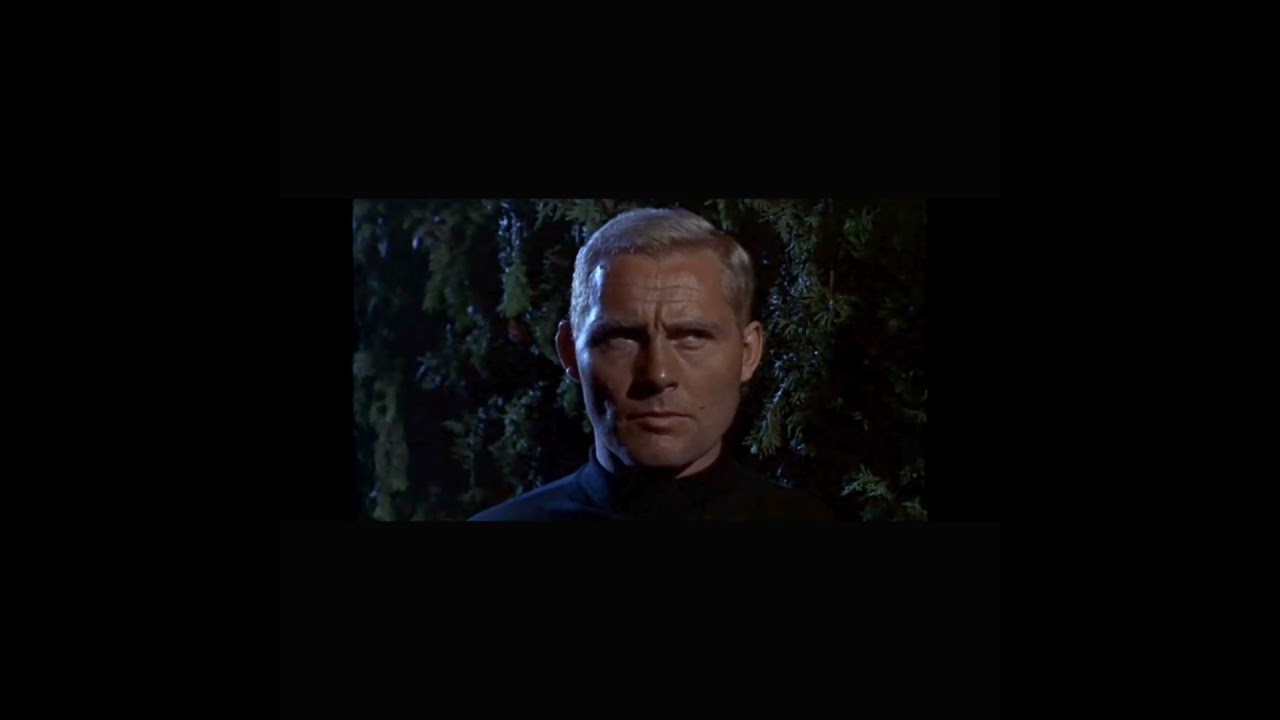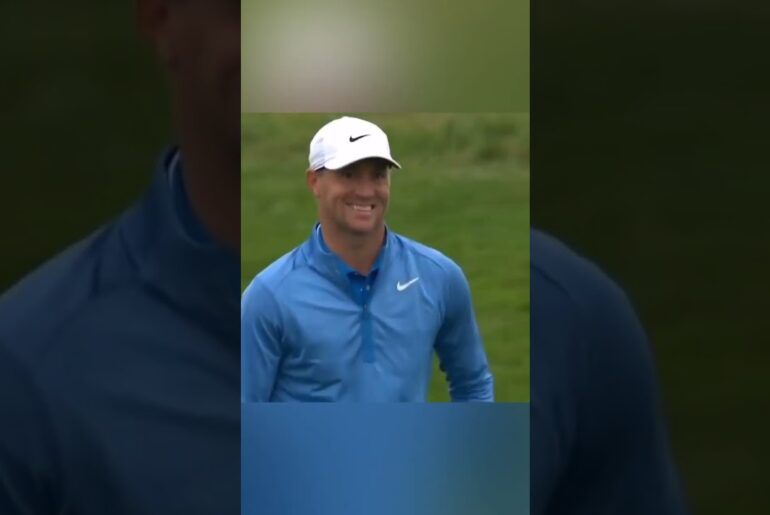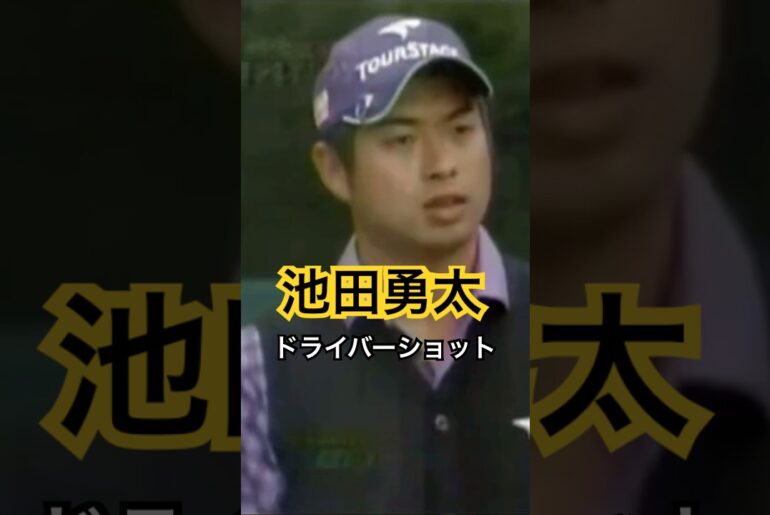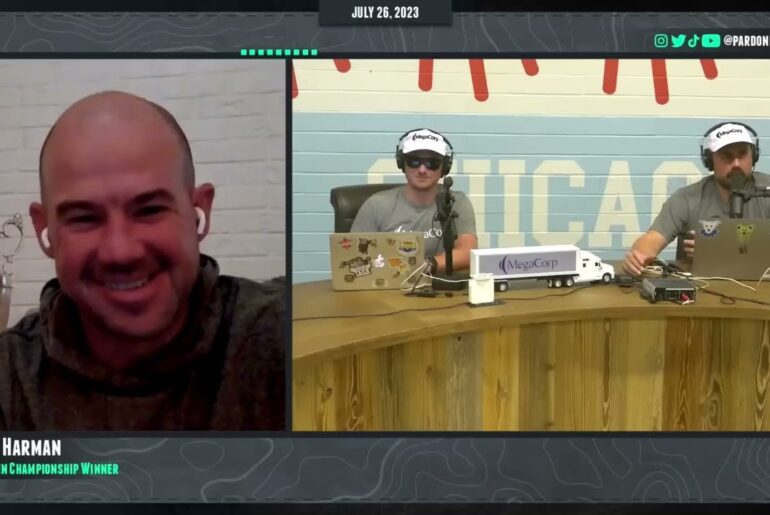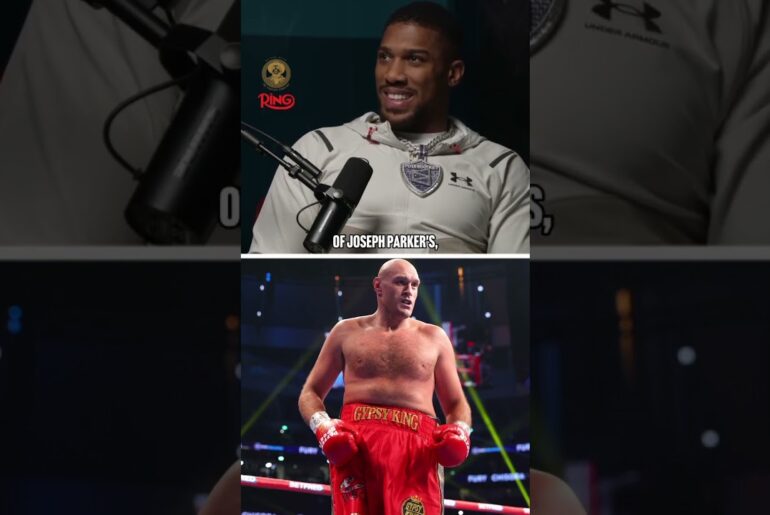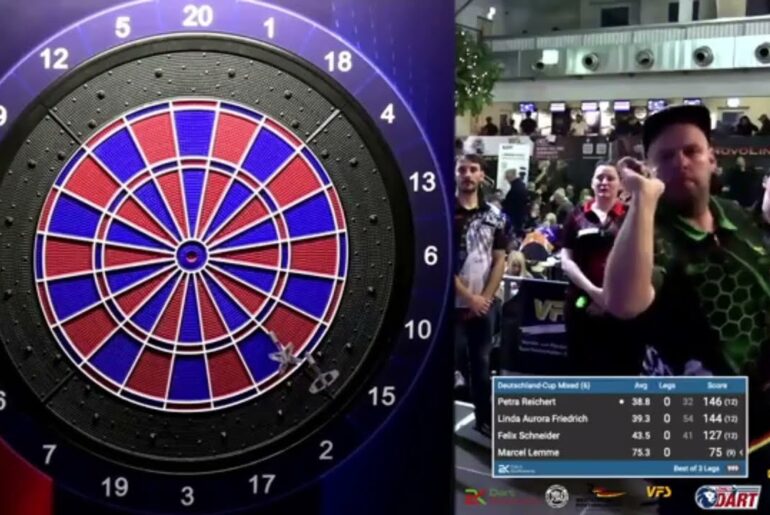How can we raise the stakes in practice? Can we make practice look and feel like the real game?
Traditional coaching methods often rely on “mindless” repetition of a movement with the focus on perfecting techniques before applying them to the game. This is often done in decontextualized/sterile (blocked) conditions. (Lee & Schmidt, 2014)
Evidence suggests that learning is better served in more variable and random practice conditions, like the performance environment or game. (Williams & Hodges, 2023)
If the game requires players to adapt and constantly solve problems, then practice should do so as well. Representative information is key!
Learning is messy. Learning involves trial and error. Repetition without repetition, where players are focused on the outcome, and not the movement. The process of finding solutions vs repeating solutions. Making mistakes is an important part of the learning process! Part of becoming skillful involves outwitting your opponent. The more practice looks and feels like the game, the more likely transfer (what you learn in practice carries over to the game) will occur.
Ecological dynamics research has made it clear that by exposing athletes to more representative learning environments (e.g., opposed activities), they will become more attuned to important information that guides their decisions and actions in competition. (Parry et al., 2025)

